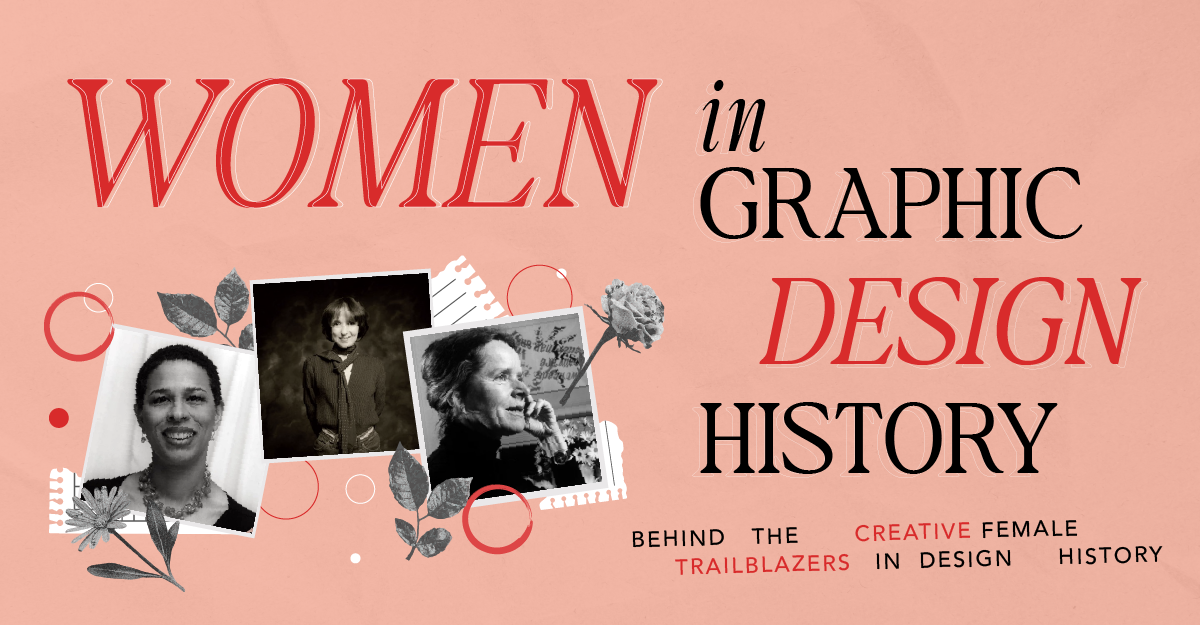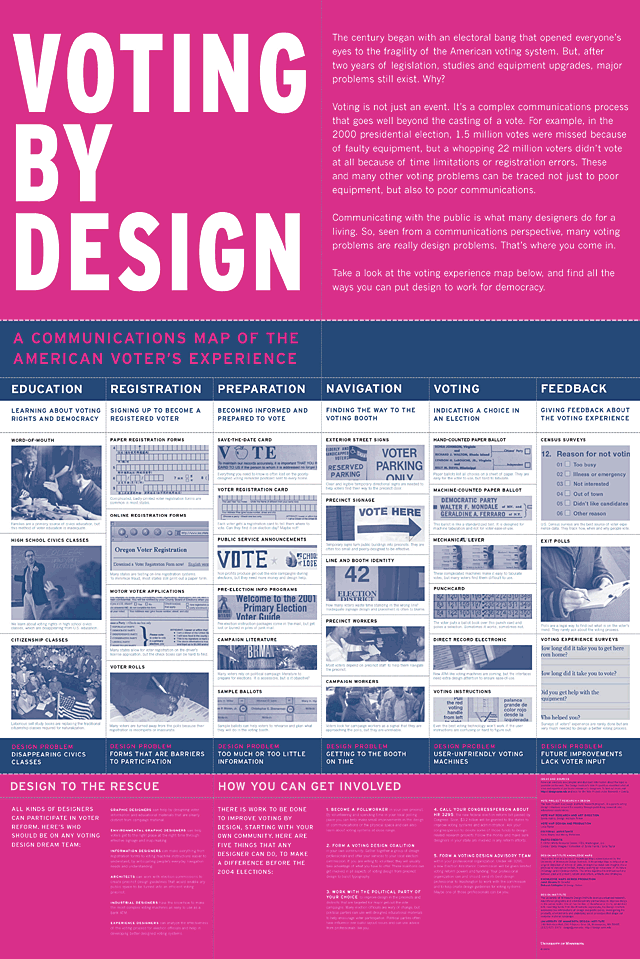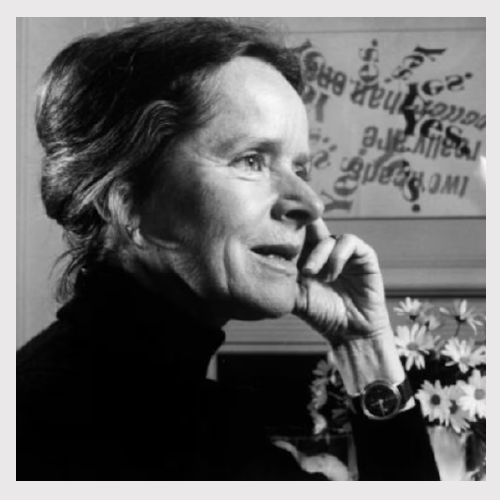
Behind the Creative Female Trailblazers in Design History
We’ve been celebrating International Women’s Month by uplifting the women in our communities, workplaces, and worldwide throughout March. In line with the 2025 International Women’s Month theme: Accelerate Action, we at Design on Edge want to highlight historic female creatives whose work broke barriers and positively impacted women’s advancement and place in the creative industry.
We aim to recognize prominent female creatives in the industry, be inspired and encouraged by their contribution to the arts, and continue to advocate for women in our community to have equal opportunities in their education and careers.
 Henrietta Condak:
Henrietta Condak:
Henrietta Condak is a graphic designer, art director, and designer educator who gained prominent recognition from her work in Columbia Records and CBS Records album cover designs.
Originally from Manhattan New York, Condak graduated from Cooper Union and began her design career working at both GQ and Esquire magazines. From there, her career grew and she brought her creative talent to Columbia Records and CBS Records in 1963. Her work there would earn her two Grammy award nominations for Best Classical Album Cover.

Condak’s work was notable due to her creative use of historical research in her work. She would often use work from the CBS library of historic art, design books, and magazines. In a 1991 article from Philip Meggs at CBS Records, Condak’s work was best described as a “romantic and esthetic enchantment.” Both designers, Carin Goldberg, and Paula Scher, cited Condak as essential to their careers.
In 1984, Condak departed from the role at CBS to open her design studio, Condak Design, where she continued to create album covers and covers for publishers like Random House, Business Week, Sports Illustrated, the New York Times, and many others, all while also teaching at the School of Visual Arts.

Slyvia Harris:
A native of Richmond, Virginia, Slyvia Harris was graphic designer, educator, and strategist. Her academic career began with a BFA in Communication Art and Design with an undergraduate focus in film and photography. Still, it wasn’t until her move to Boston that she transitioned into a graphic design career and attended the Yale School of Art, where she graduated with an MFA.
Harris grew up during the Civil Rights movement. Her experience as a young girl later influenced her design career as she dedicated herself to enhancing public life for Americans disenfranchised by social systems. She was a prominent leader in creating accessible communications for mass audiences, an advocate for human-centered design, and a champion of civic engagement, strategic innovation, and inclusivity. Harris was also known for coining the term “Citizen Design” to describe her philosophy in her career: design should be created with and for the people it serves
In honor of her memory after her death in 2011, the American Institute of Graphic Arts created the Sylvia Harris Citizen Design for professional designers whose work is equally dedicated to public service.
 Corita:
Corita:
Corita Kent was an artist, educator, and advocate for social justice. Kent was born in Iowa to a traditional Catholic family. Her family would then briefly relocate to British Columbia and Los Angeles, where they settled. At 18, Kent entered the religious order Immaculate Heart of Mary, which allowed her to pursue art and higher education, a rare option for women in 1936. When Kent was 29, she was selected to join their Art Department while attending the University of Southern California, where she would obtain a master’s degree in art history.

In her early career, Kent’s work primarily focused on religious themes. And in the 1960s, her work began to shift as the movement of Pop Art grew in popularity. Kent found inspiration during this time and heavily incorporated colors, advertising slogans, imagery, literature, and photography into her work. Through her work, Kent fulfilled the calling she believed was in her life: to bring people spiritual messages by communicating through familiar means. She dealt with the topics of religion, humanism, and politics by manipulating the messages of modern advertising. Her work gained popularity quickly, especially from the 1950s to the 1960s, and was widely exhibited across the country; however, in 1968, Kent requested a six-month sabbatical from her rhythms of teaching, public speaking, art-making, and service to her order. After this, she sought an official release from her vows as a nun and dedicated herself to pursuing life as an artist and her legacy and work live on in museums across the world.
Learn more about women who made an impact on the graphic design industry and about the modern-day pioneers who are working to ensure women have opportunities in their education and career across the world.
Resources:
https://www.kerningthegap.com/
https://segd.org/resources/sylvia-harris-champion-of-citizen-centered-design/
https://www.writing.upenn.edu/library/Nochlin-Linda_Why-Have-There-Been-No-Great-Women-Artists.pdf
https://eyeondesign.aiga.org/design-history-101-the-musical-work-of-design-pioneer-henrietta-condak/
https://www.corita.org/about/corita
https://etd.ohiolink.edu/acprod/odb_etd/ws/send_file/send?accession=ouhonors1556273078639679&disposition=inline



